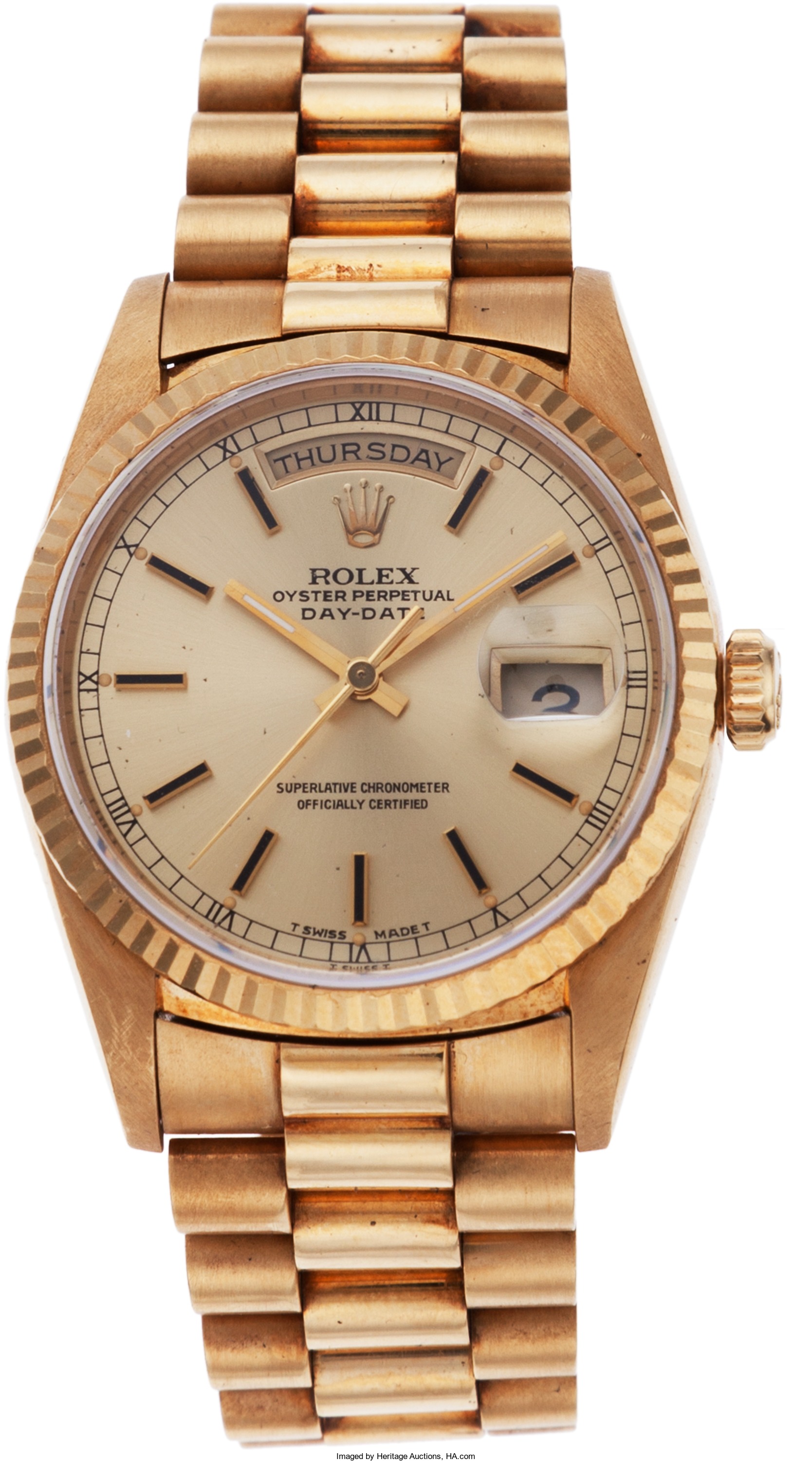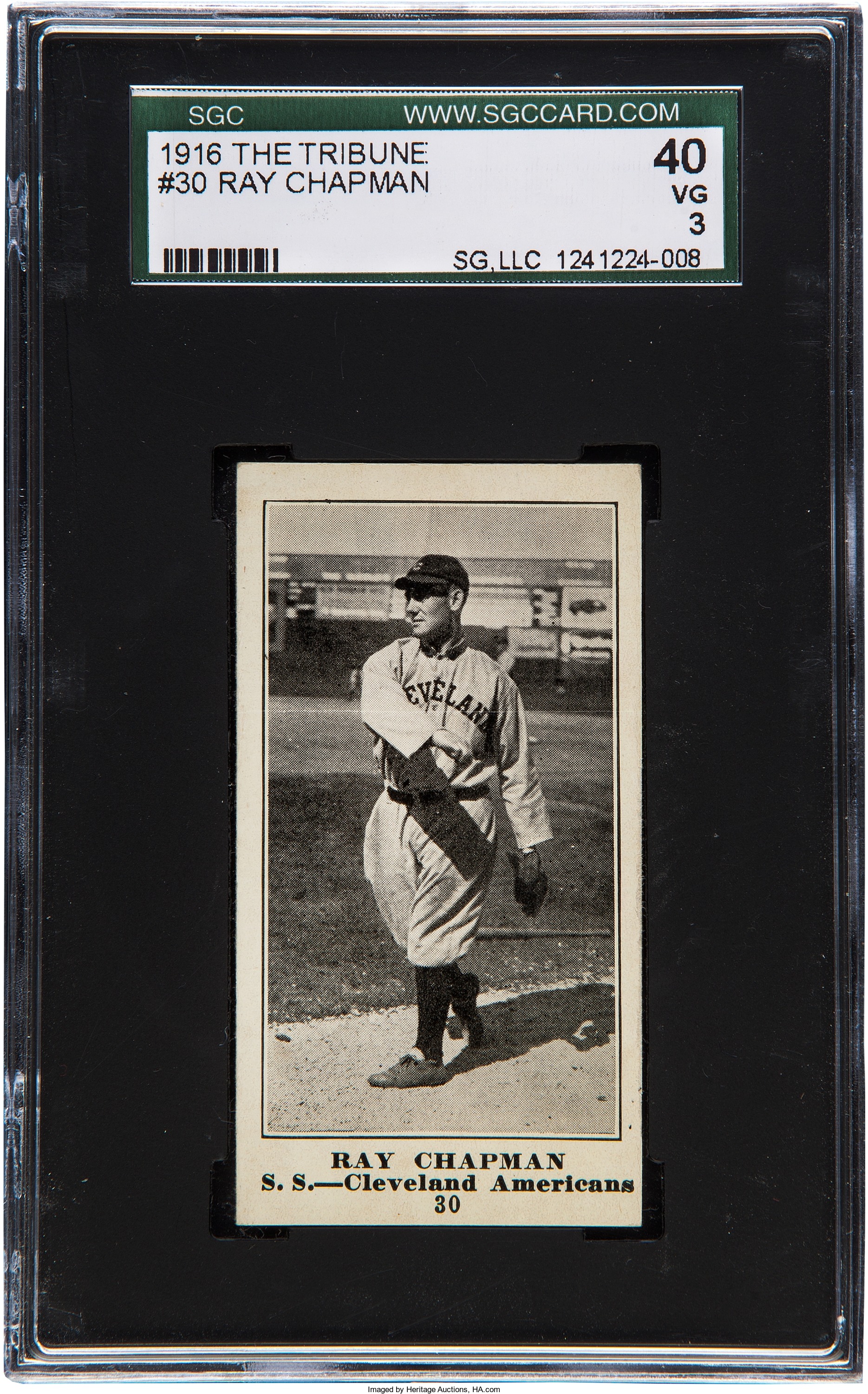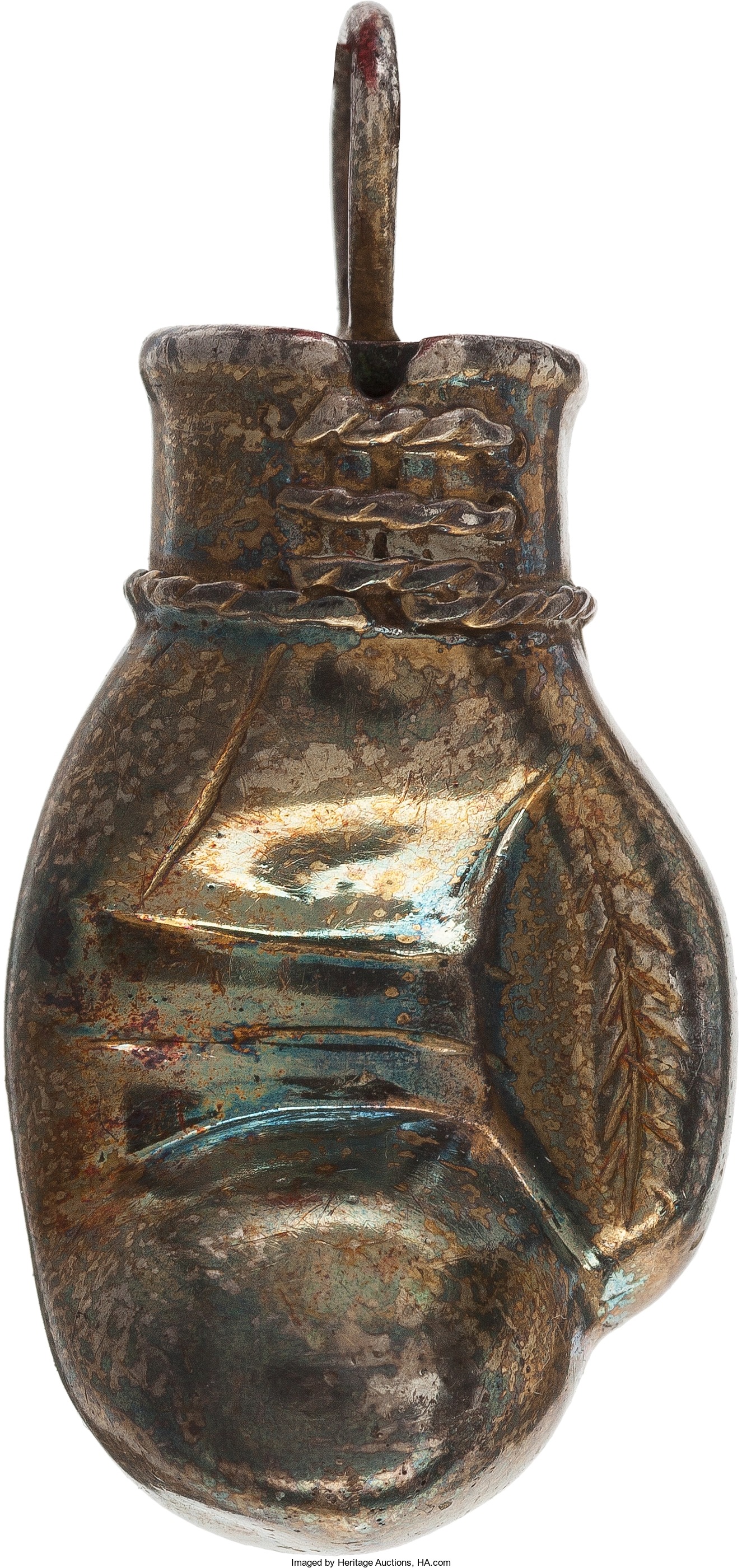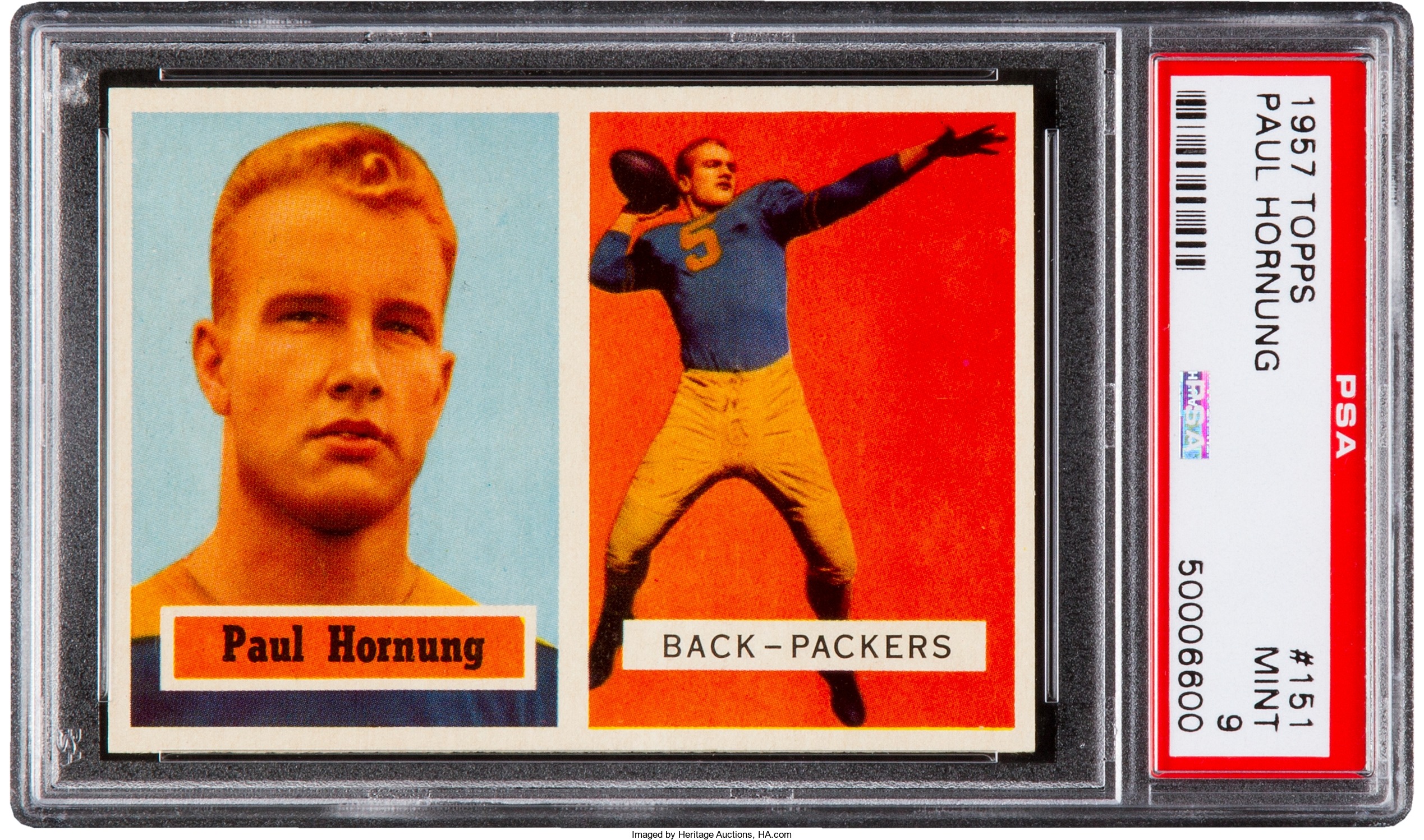
By Jim O’Neal
The first reference to the “Final Four” in an NCAA publication was in the 1975 Official Collegiate Basketball Guide. On page 5 in the review section written by Ed Chay of the Cleveland Plain Dealer, Chay wrote: “Outspoken Al McGuire of Marquette, whose team was one of the final four in Greensboro, was among several coaches who said it was good for college basketball that UCLA was finally beaten.”
The first time “Final Four” was used capitalized was in the 1978 Basketball Guide.
In 1994, Bill Clinton was the first sitting president to attend the Final Four. Clinton saw his home state Arkansas Razorbacks win the National Championship.
Sitting presidents who did not make it when teams from their home states made the Final Four include FDR (NYU 1945), Ike (Kansas 1953 and 1957), Nixon (UCLA 1968-74), and Gerald Ford (Michigan 1976).
The only player to play for two schools in the Final Four Championship game was Bob Bender in 1976 with Indiana (won) and in 1978 with Duke (lost).
I am waiting for some clever news writer to associate the current presidential primary races with the March Madness sobriquet. If not, you heard it here first.
Intelligent Collector blogger JIM O’NEAL is an avid collector and history buff. He is President and CEO of Frito-Lay International [retired] and earlier served as Chairman and CEO of PepsiCo Restaurants International [KFC Pizza Hut and Taco Bell].


 Intelligent Collector blogger JIM O’NEAL is an avid collector and history buff. He is President and CEO of Frito-Lay International [retired] and earlier served as Chairman and CEO of PepsiCo Restaurants International [KFC Pizza Hut and Taco Bell].
Intelligent Collector blogger JIM O’NEAL is an avid collector and history buff. He is President and CEO of Frito-Lay International [retired] and earlier served as Chairman and CEO of PepsiCo Restaurants International [KFC Pizza Hut and Taco Bell].




